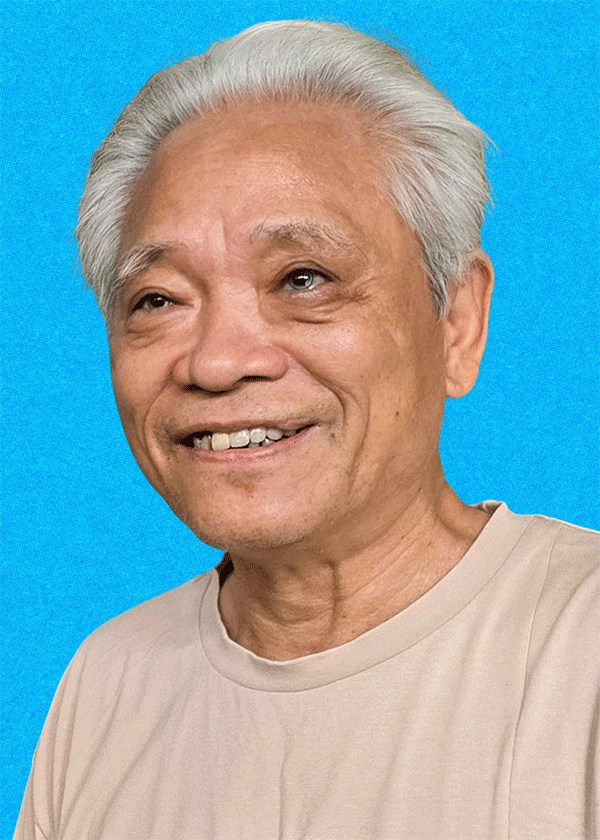 |
► Sir, what do you think about Can Tho culture after the merger of 3 localities?
- The merger of Can Tho City, Hau Giang Province and Soc Trang Province, in my opinion, means that we are “returning to the old roof”, “returning to the old city” like Hau Giang Province after the country’s reunification. However, the area is old but the content is very new. It is not just an “expanded version” of the old Hau Giang, but an “integrated development model” - where the economy, culture and administration are restructured to adapt to the context of the Mekong Delta in the 21st century.
After the arrangement, Can Tho City has a natural area of 6,360.83 km2 , a population of nearly 4.2 million people, which means an increase of about 2.5 times compared to 1976. The scale of the economy, urbanization, and social life have also increased significantly. Hau Giang used to have a dominant agricultural economy, but now it has diversified fields and occupations: industry, logistics, high-tech agriculture, wind power, urban tourism, eco-tourism, etc. The new Can Tho City has a foundation of many new urban areas that have been formed, from Soc Trang , Vinh Chau, Vi Thanh, Long My, Nga Bay, to Thot Not, O Mon, etc. Besides, there are ecological areas with strong indigenous characteristics that have been basically preserved, despite the rapid urbanization process.
The reason I say these things is that the new city context has an impact on culture. How can the intellectual life, cultural infrastructure, cultural products and even higher cultural integration and cultural industry respond to the development and scale of the new city? That is the question.
Bat Pagoda in Phu Loi Ward, Can Tho City. Photo: DUY KHOI
► So, in your opinion, how should this problem be solved in the current context?
- This is not an easy problem. Cultural space is not formed overnight but from generation to generation, it is the cultivation and construction of many generations of indigenous residents. In my opinion, first of all, we must determine the viewpoint that Can Tho's cultural development must ensure inter-regional, open, not separate, fragmented but must be inclusive and closely linked together.
The outstanding feature of the post-merger cultural space is the synthesis of sub-regions (tentatively called) "river - garden - sea" culture. The Can Tho region before the merger clearly shaped the urban river culture. The Hau Giang region stands out with its agricultural culture and canal civilization. When mentioning Soc Trang, we think of the sea culture and the unique culture of ethnic exchanges (Kinh - Khmer - Hoa). Can Tho culture has a very clear regional character, so it is necessary to exploit that characteristic skillfully, preserving its own identity. Managers have a role in coordinating smoothly to exploit culture, creating a highly interactive whole. That is the key issue in preserving and promoting Can Tho culture "unity in diversity".
In retrospect, Can Tho culture after the merger must be called "heavenly time, favorable location, and harmony". The Khmer people of Soc Trang carry within themselves a wealth of precious national heritage, many of which have become National Intangible Cultural Heritage. Hau Giang agriculture is famous, and whenever mentioning the beaded catfish or Cau Duc pineapple, many people immediately think of this land. Can Tho is famous for its river and garden urban areas. The new Can Tho city has connected 3 localities, so the new Can Tho culture must also be connected. It is the connection that creates new vitality for culture, improving the spiritual life and livelihood of the people.
Farmers grow Cau Duc pineapple in Hoa Luu commune, Can Tho city. Photo: DUY KHOI
► The concept of local linkage is not actually new, but the implementation process seems difficult. What suggestions do you have to better promote the culture of Can Tho City?
- Yes, it is not new and not easy. Regional linkage in tourism development in the Mekong Delta in recent times is proof. However, we look at the new culture of Can Tho City in an open way that if "one tree cannot make a forest", then "three trees together can make a high mountain".
Locate potential, exploit culture in the spirit of preservation and development, but must understand, respect culture, respect differences. We need to avoid the "skim" culture, superficial, lacking cultural depth. In my opinion, cultural export, cultural industry, is the key to this problem.
Creativity, breakthrough, linking new products such as the “Cultural Triangle” tour (urban - river - sea); cross-regional tourism routes such as the “Rice Road” tour, historical - spiritual cultural journey; combining the system of sandbanks, islands (Tan Loc, My Phuoc) and coastal mangrove forests to create a “living museum” of ecological culture… I have seen live-action programs serving tourism in many countries, they exploit indigenous cultural capital very thoroughly and effectively. Can Tho is completely capable of building live-action and artistic programs of such stature and scale.
Another issue is that the cultural industry must go hand in hand with digital technology. The digitization of heritage, relics, art forms, famous tourist destinations, etc. has not been effectively implemented in the past, but now we must start working with new efforts, new spirit and of course new technology.
Another issue is cultural human resources. This team must have passion, vision and thinking to make culture more new, modern and profound. I can affirm that culture "makes money" if we care and do culture professionally, the cultural industry in Can Tho City will develop very well, effectively serving other economic sectors. Success depends on the balance between development and preservation, ensuring that the new cultural space is both unified and honors unique features.
Can Tho river city. Photo: DUY KHOI
► Another issue that many people are concerned about is that after the merger, Can Tho City will truly be the "capital of the floating market in the West". What do you think about this story?
- This is so true. In addition to Cai Rang floating market, Can Tho city also has Nga Nam floating market, Nga Bay floating market, all of which are famous and long-standing floating markets.
Of course, nowadays, besides Cai Rang floating market, Nga Nam floating market and Nga Bay floating market have gradually faded away. But we can say to each other that the cultural brands of those floating markets still exist, are still very deep in the memories of many people and will still have value if we know how to exploit them. Nga Nam floating market with the resonance of residents on both sides of the river, with different ways of trading and hanging baskets. Nga Bay floating market with "The deep river erodes on one side and deposits on the other, the love of the mat seller will never fade for life".
Exploiting these floating market cultural brands must also ensure connectivity, exploiting unique features, with the red thread being river culture, merchant culture. The core is Cai Rang floating market, taking other floating markets as satellites, to create a river culture journey. In addition to preserving cultural originality, combine essential tourism services, as Thailand has done very successfully. If done well, I believe that Can Tho City will have tourism products that no other locality, or even any country, has.
► Thank you!
DANG HUYNH (performed)
Source: https://baocantho.com.vn/bao-ton-va-phat-huy-van-hoa-can-tho-thong-nhat-trong-da-dang--a188040.html


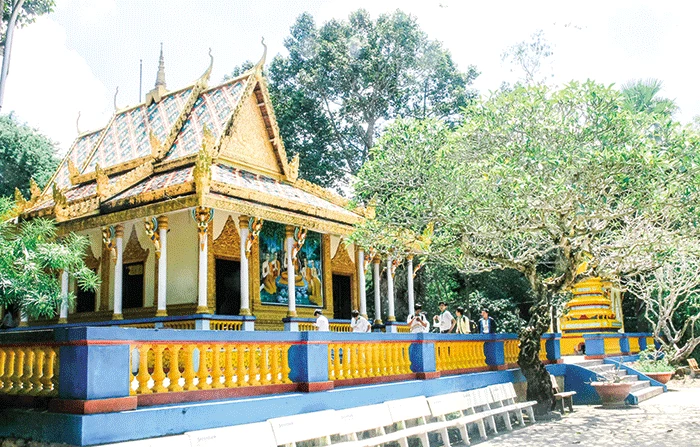
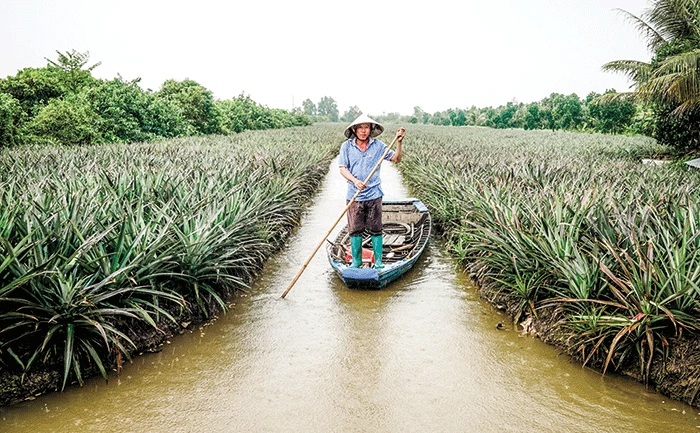
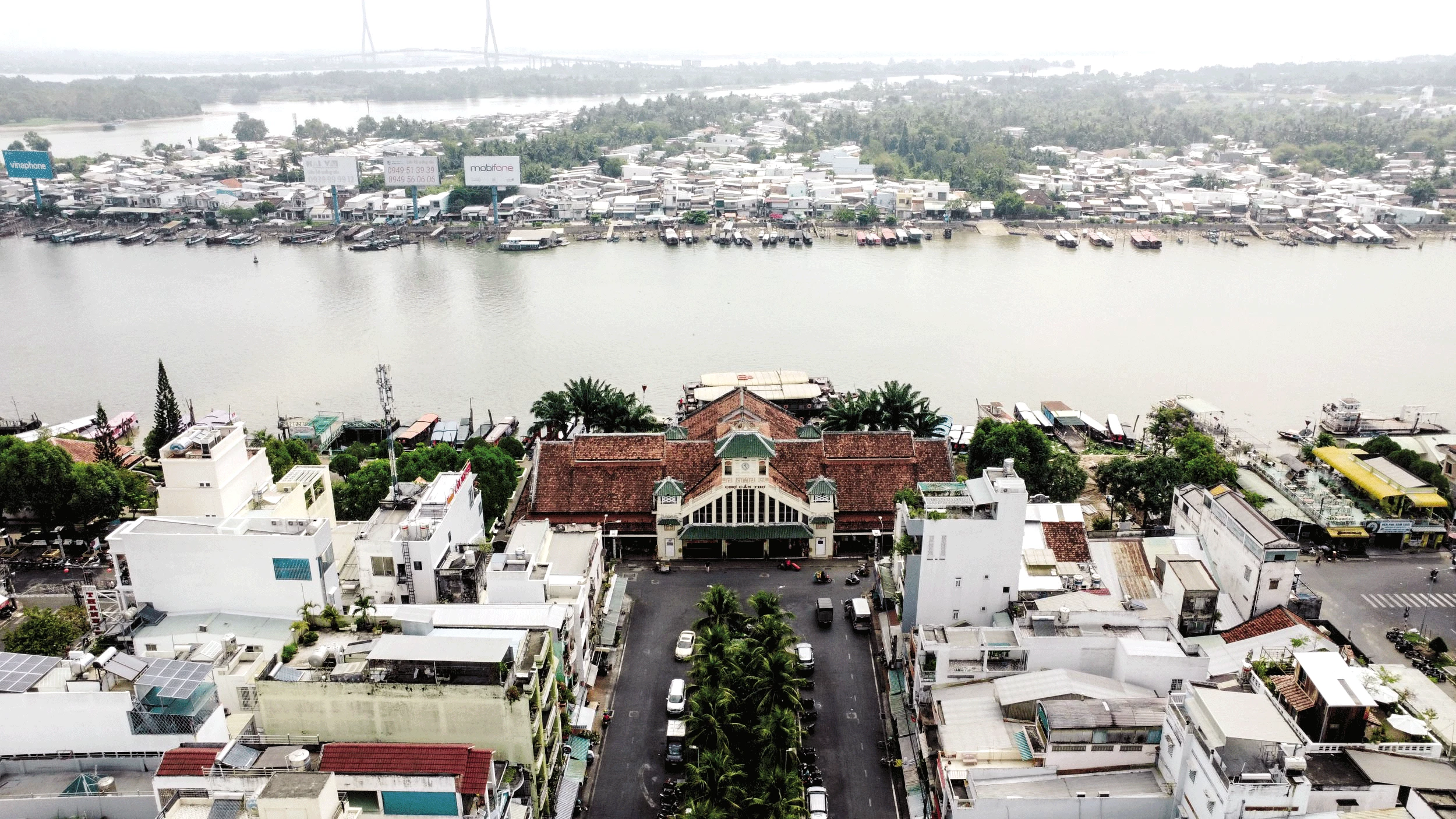



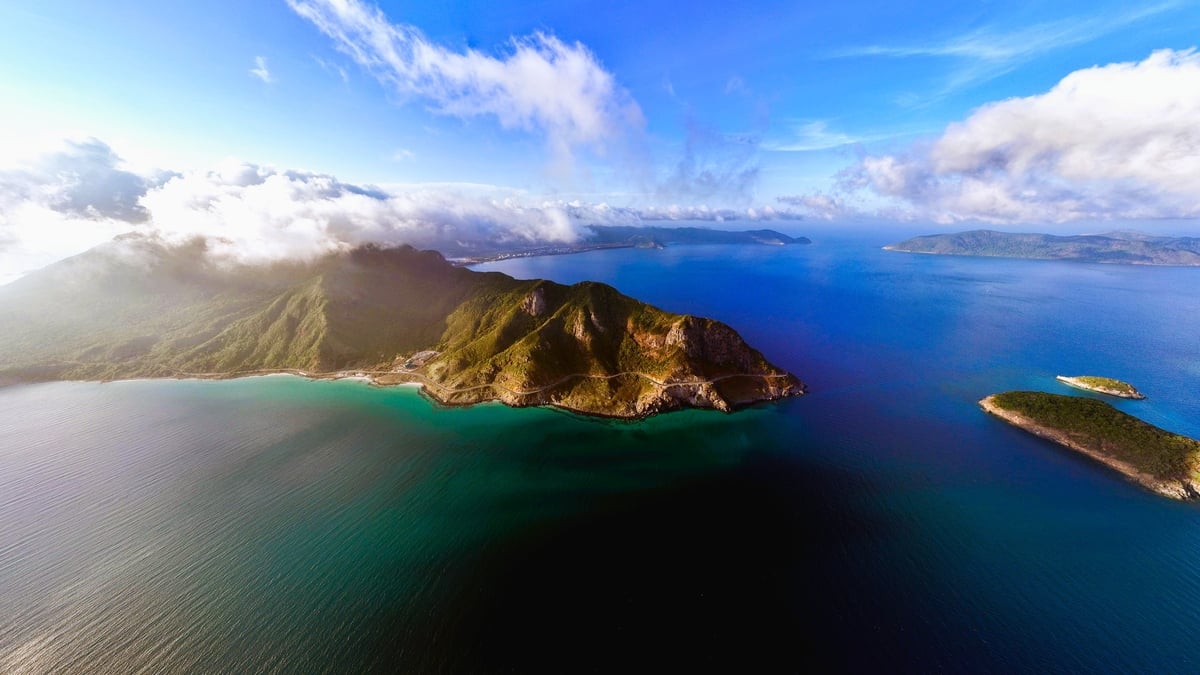


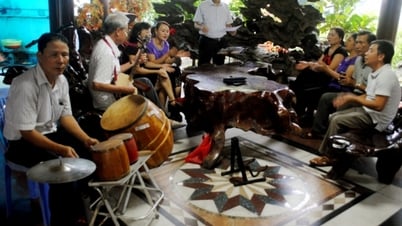

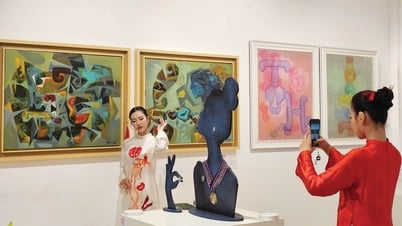

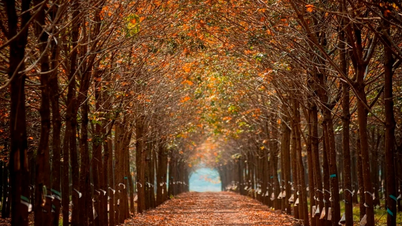

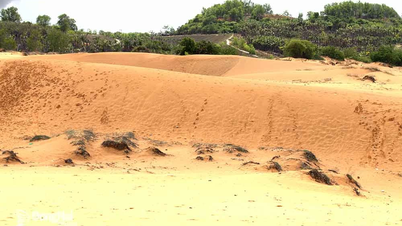
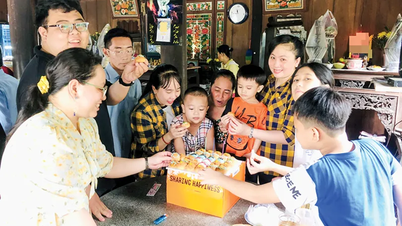





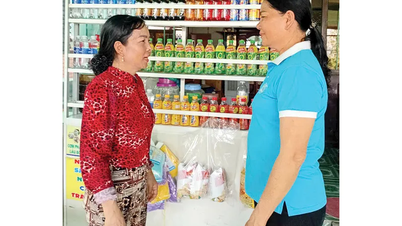
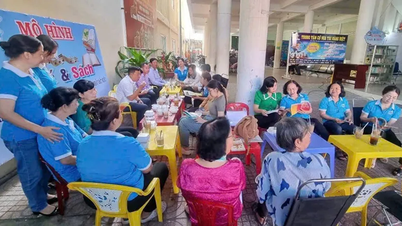
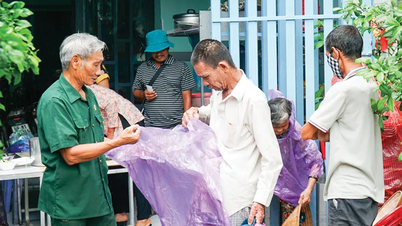



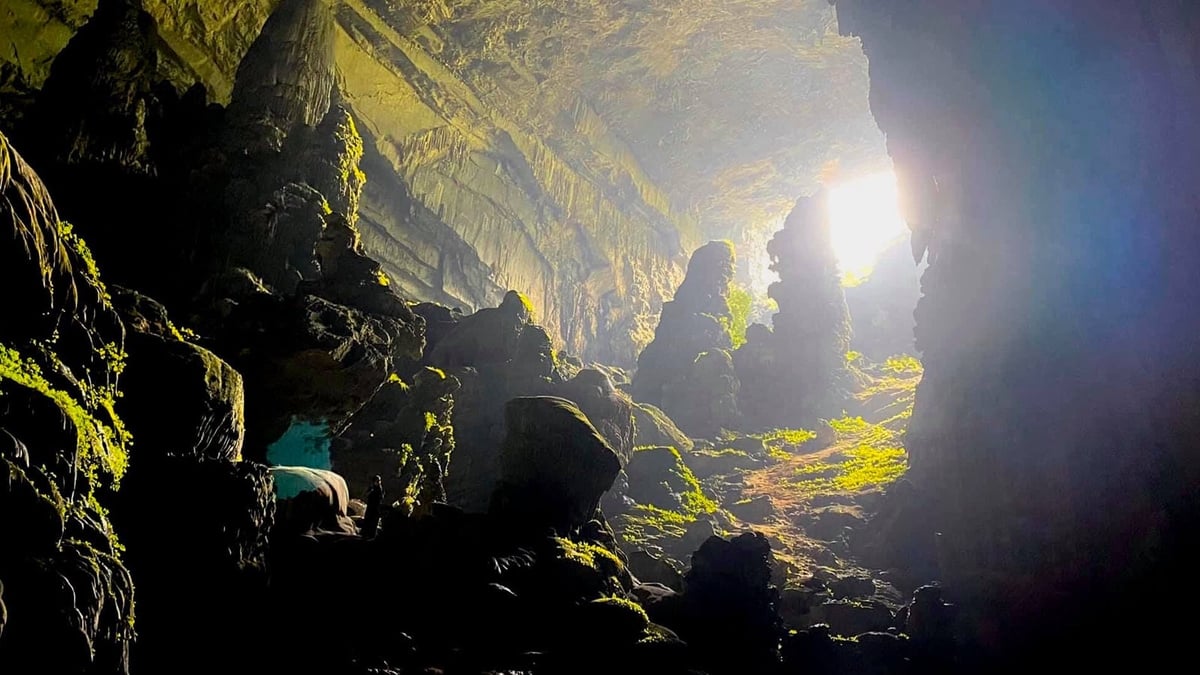
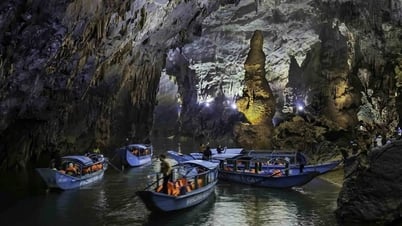



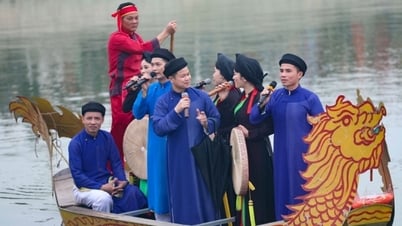



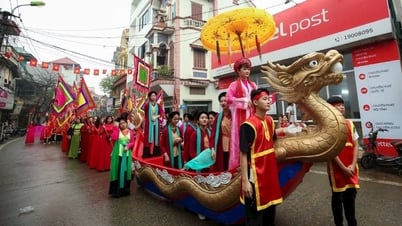

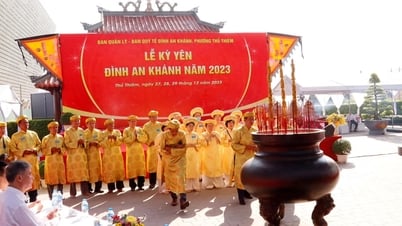







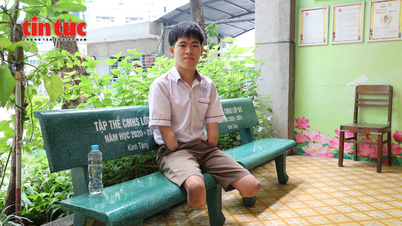

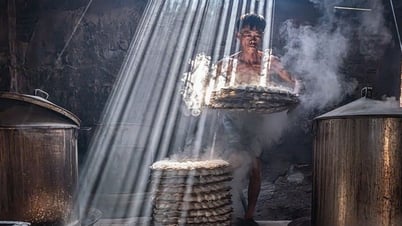





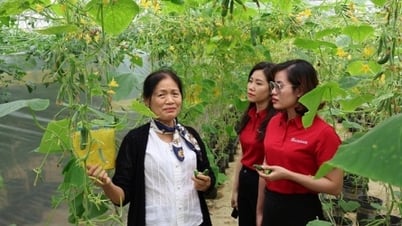














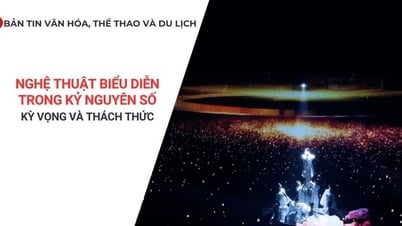

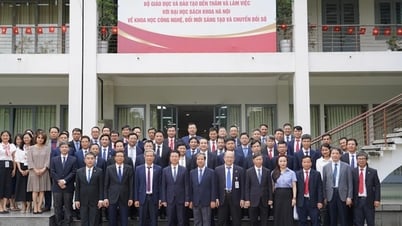

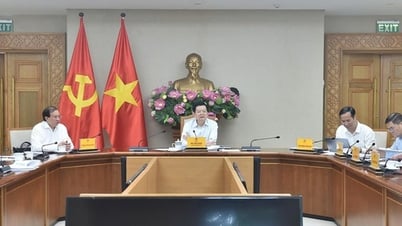
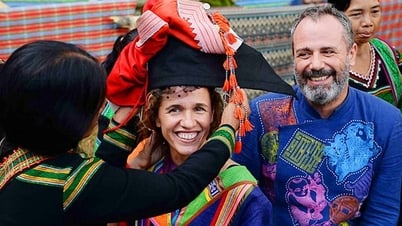
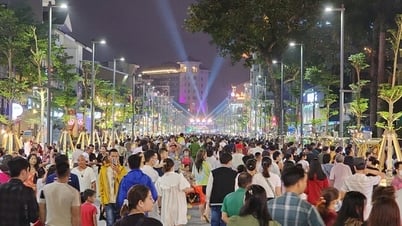
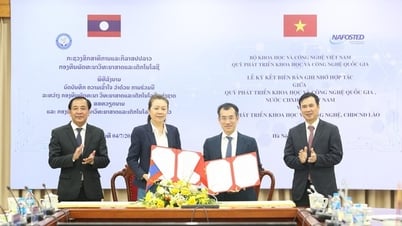
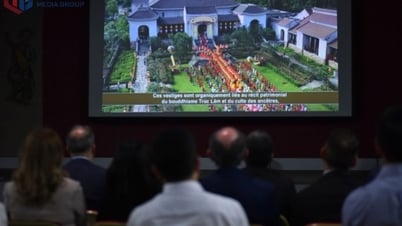
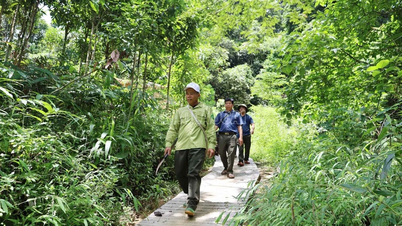

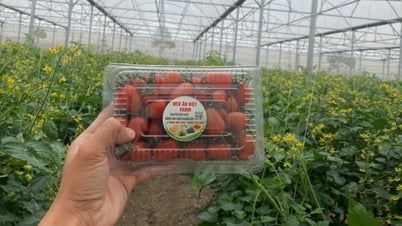

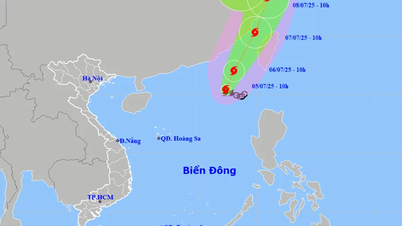

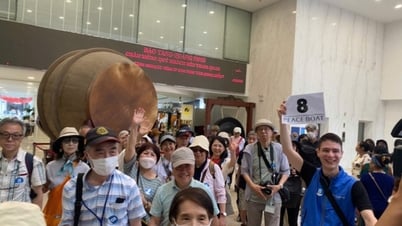
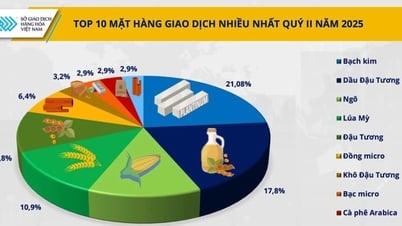


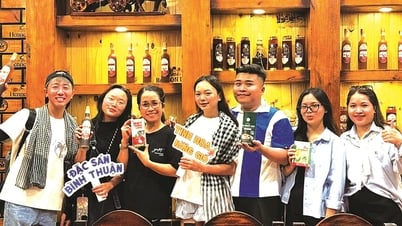

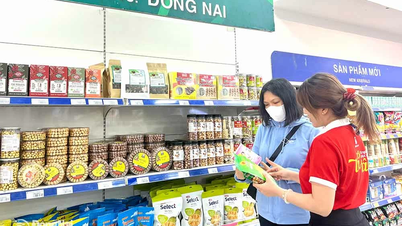

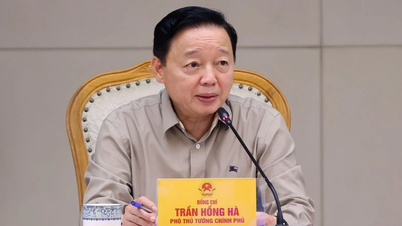
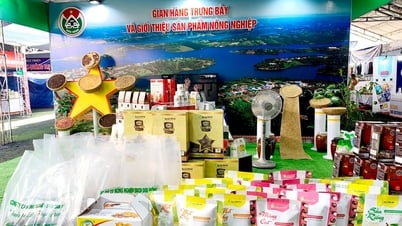

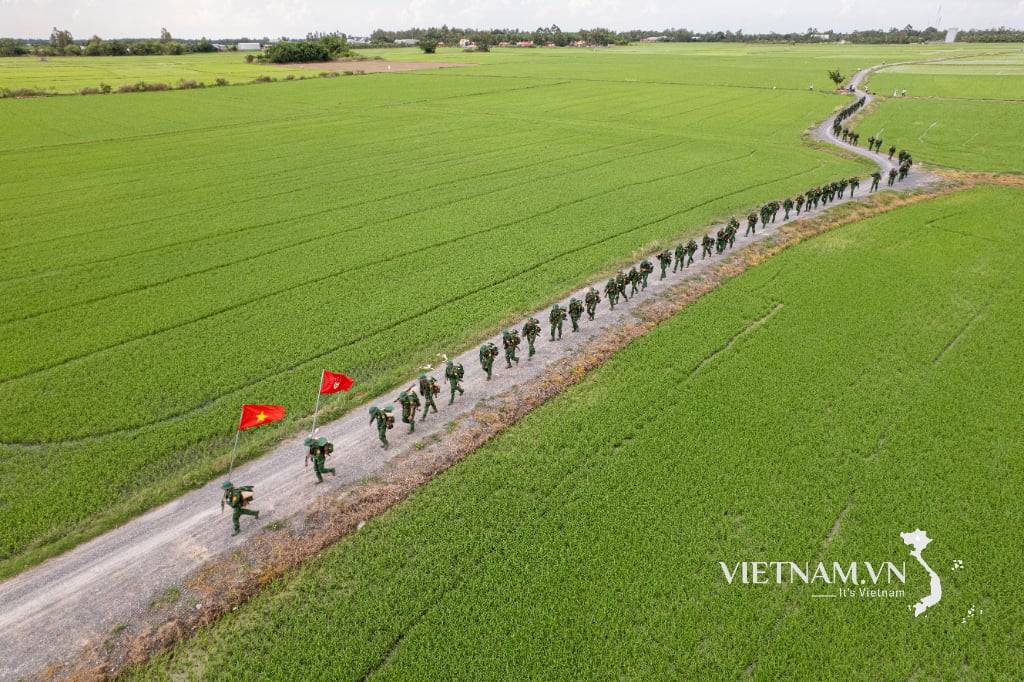
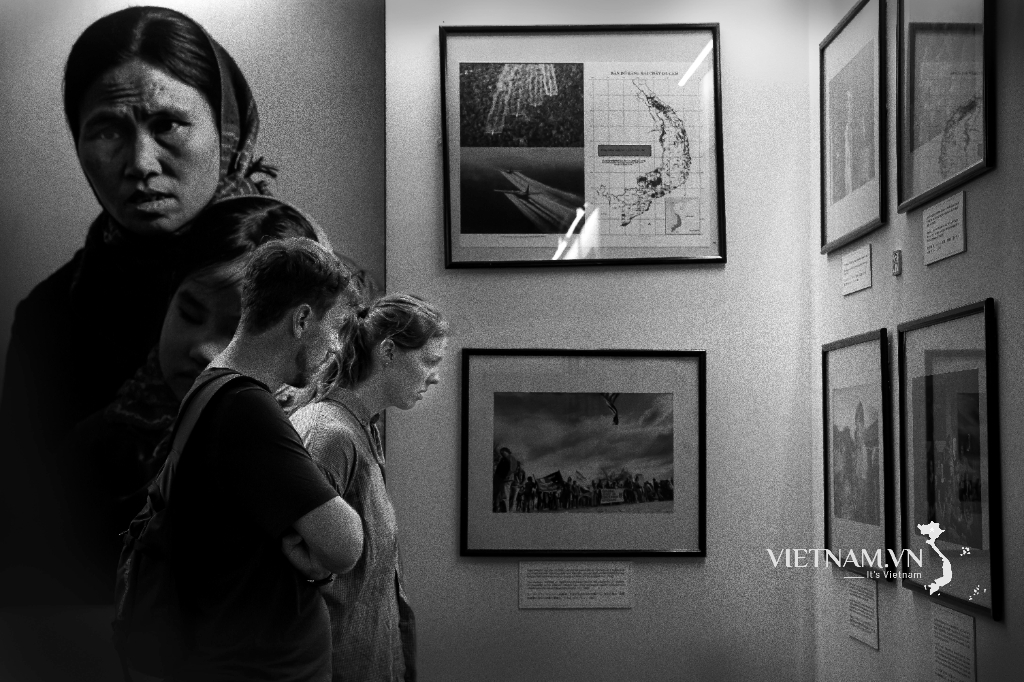
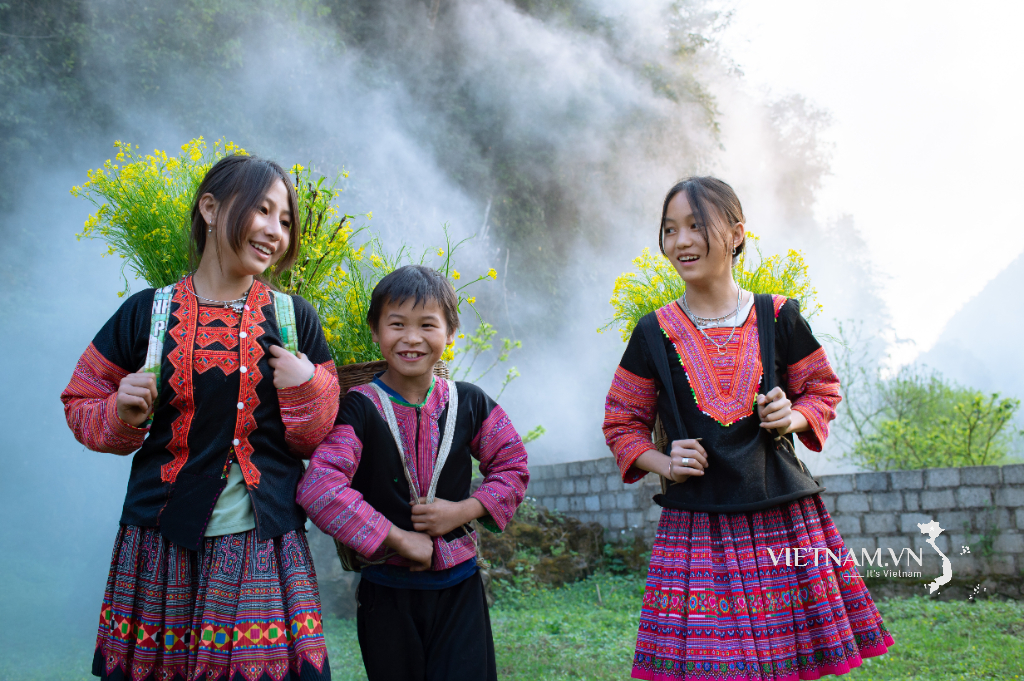

Comment (0)